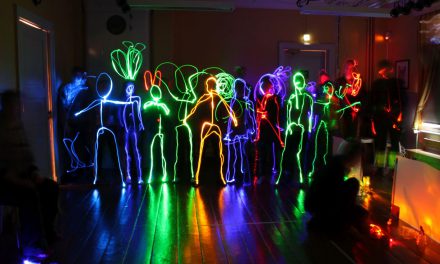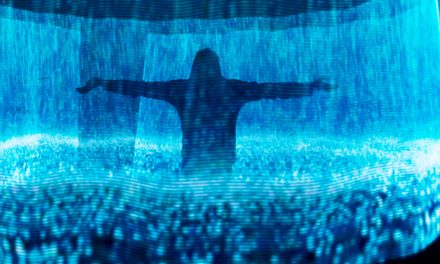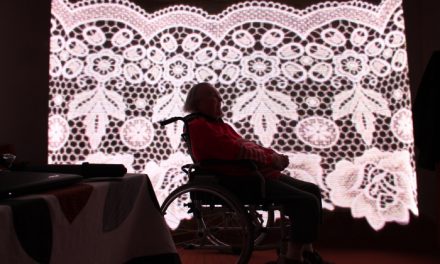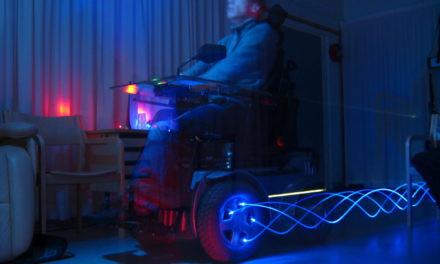
Light Painting at school. A child learning process.

Light Painting at school. A child learning process.
You can find this article also in Portuguese here or in Spanish in the end of this page.
This article is based on empirical experiments in light painting workshops that were carried out from 2007 to the present day. And through these experiences create a dialogue between LIGHT PAINTING and EDUCATION in the children’s school environment, as a tool for analysis and construction of learning processes and students’ intellectual autonomy.
The observations, in this case, are restricted to children from 6 to 10 years old, of different social classes. At first, the analysis of the individual and collective personality formation phase, establishing a relationship between fantasy and reality, between introspection and social relations, between the inside and outside, between the EU and the OTHERS was taken into account in this analysis.
The method starts with activities that integrate the whole room, assigning images where everyone has the same image value in the composition. The aesthetic effect is the inner light, which has a sacred concept derived from the history of art. Having said that, each having its own light, the process of creation and learning can start from scratch, with everyone starting from the same point.
And between theory and practice …
We learn something new every day, anywhere, on the street, at home or at work, and it is at school, where one has the duty to teach, that one finds the greatest challenge of adapting knowledge to method, and method to subject, so that each individual learns in his own way, in his own time. In order to find the gift of each one, reducing the limitations and encouraging the talent. However, this is not the way it works in Brazil, all are imposed on the same methodological box, which may work for some, but not for others. It depends on the capital.
Activities that include drawings have the judgment of the vision during the act of drawing, which makes you attribute values to what you are doing, such as good or bad, and even to believe you are unable to draw.
However, a gradual and sequential process of image memorization assists in the construction, elaboration, and production of figurative or abstract symbols. Through an activity that starts on paper and transpasses into space, it is able to tone the connection between visual memory and body movement.
Thus, the inclusion of the Lightpainting Workshop in the school opens up new ways of reconstructing the learning process between teacher and student, and between knowledge and the subject. This process occurs through planned and directed activities where knowledge can be acquired through physical, sensory, auditory, visual and kinesthetic experiences. Or, better still, PAINTING WITH LIGHT, all these stimuli are involved in the same uninterrupted action, stimulating the perception of sequentiality of execution, space / temporal reference, fine motor, spatial locomotion and visuomotor memory linked to visual aesthetics of the scene, seeking references in his own visual-mental repertoire.
Painting with light comes down to the action of creating in space/time, an image invisible to the eye and visible in the visual conscious. And for this, it is necessary to align body movement with memory, and only when the camera shutter is closed does one see the image resulting from the action, since the activity favors the annulment of the student’s unconscious self-sabotage, a crucial factor in construction of the learning process because the sense of security occurs along with joy, and it is known, that synapses that fire together, remain together.
Students then armed with joy and self-confidence challenge themselves to create more elaborate images that require planning, decision-making, problem-solving creativity, and artistic imagination. And an interesting fact that occurs in this process is the moment in which the student conquers this aptitude, unleashing virtues that shuffle the stereotypes in the classroom.



Although it is only a short time, but during the workshop, the excluded disabled, the fat, the ugly, the black, the gay, or those socially segregated, have the opportunity to transcend and feel the active voice in the social environment, simple logistics and holistic that permeate action, this contributes to self-esteem and understanding of their participation and influence in society.
The final image is just a still photo, but its process is a perpetual motion picture.
Below you can find the text in Spanish:
Lightpainting en la escuela
Este artículo se basa en experiencias empíricas en talleres de lightpainting que se realizaron de 2007 a los días actuales. Y a través de esas experiencias crear un diálogo entre LIGHTPAINTING y EDUCACIÓN en el ambiente escolar infantil, como herramienta de análisis y construcción de los procesos de aprendizaje y autonomía intelectual de los alumnos.
Las observaciones en este caso, se restringen a los niños de 6 a 10 años, de clases sociales distintas. En principio, se tuvo en cuenta en este análisis, la fase de formación de la personalidad individual y colectiva, estableciendo una relación entre fantasía y realidad, entre introspección y relaciones sociales, entre el interior y el exterior, entre el YO
y los OTROS.
El método se inicia a través de actividades que integran la sala toda, asignando imágenes donde todos tienen el mismo valor imagético en la composición. El efecto estético es la LUZ INTERNA, que posee un concepto sagrado derivado de la historia de la arte. Por eso, cada uno teniendo su propia luz, el proceso de creación y aprendizaje
puede comenzar desde cero, con todos partiendo del mismo punto. Y entre la teoría y la práctica…
Aprendemos algo nuevo cada día, en cualquier lugar, en la calle, en casa o en el trabajo, y es en la escuela, donde se tiene el deber de enseñar, que se encuentra el mayor desafío sobre adecuar el conocimiento al método, y el método al que sujeto, para que cada individuo aprenda a su manera, a su tiempo. Con el objetivo de encontrar el don de cada uno, reduciendo las limitaciones y alentar el talento. Sin embargo, no es así que funciona en Brasil, todos son impuestos a la misma caja metodológica, que puede funcionar para unos, pero para otros no. Depende del capital.
Las actividades que incluyen dibujos tienen el juicio de la visión durante la acción de dibujar, eso hace que se atribuya valores a lo que se está haciendo, como bueno o malo, e incluso se puede creer que es incapaz de dibujar.
Sin embargo, un proceso gradual y secuencial de memorización de imágenes, auxilia en la construcción, elaboración
y producción de símbolos figurativos o abstractos. A través de una actividad que se inicia en el papel y traspasa al espacio, es capaz de tonificar la conexión entre memoria visual y movimiento corporal.
De esta forma, la inclusión del Taller de Lightpainting en la escuela, abre caminos para nuevas formas de reconstrucción del proceso de aprendizaje entre profesor y alumno, y entre el conocimiento y el sujeto. Este proceso ocurre a través de actividades planificadas y dirigidas donde el conocimiento puede ser adquirido a través de experiencias físicas, sensoriales, auditivas, visuales y escenales. Por supuesto, mejor aún, PINTANDO CON LUZ, todos estos estímulos están involucrados en la misma acción ininterrumpida, estimulando la percepción de la secuencialidad de la ejecución, la referencia espacio / temporal, la motricidad fina, la locomoción espacial y la memoria visuo-motora ligada a la estética visual de la escena, buscando referencias en su propio repertorio visualmental.
Pintar con luz se resume a la acción de crear en el espacio / tiempo, una imagen invisible a los ojos y visible en el consciente visual. Y para ello, es necesario alinear el movimiento corporal a la memoria, y sólo cuando el obturador de la cámara se cierra, es que se ve la imagen resultante de la acción, luego la actividad favorece la anulación del auto-sabotaje inconsciente del alumno, factor crucial en la construcción del proceso de aprendizaje pues la sensación de seguridad ocurre junto a la alegría, y se sabe que sinapsis que disparan juntas, permanecen juntas.
Los alumnos entonces provistos de alegría y seguridad propia, se desafían a crear imágenes más elaboradas, que exigen planificación, toma de decisión, creatividad en la solución de problemas e imaginación artística. Y un hecho interesante que ocurre en este proceso, es el momento en que el alumno conquista esta aptitud, desencadenando virtudes que barajan los estereotipos en el aula.

























